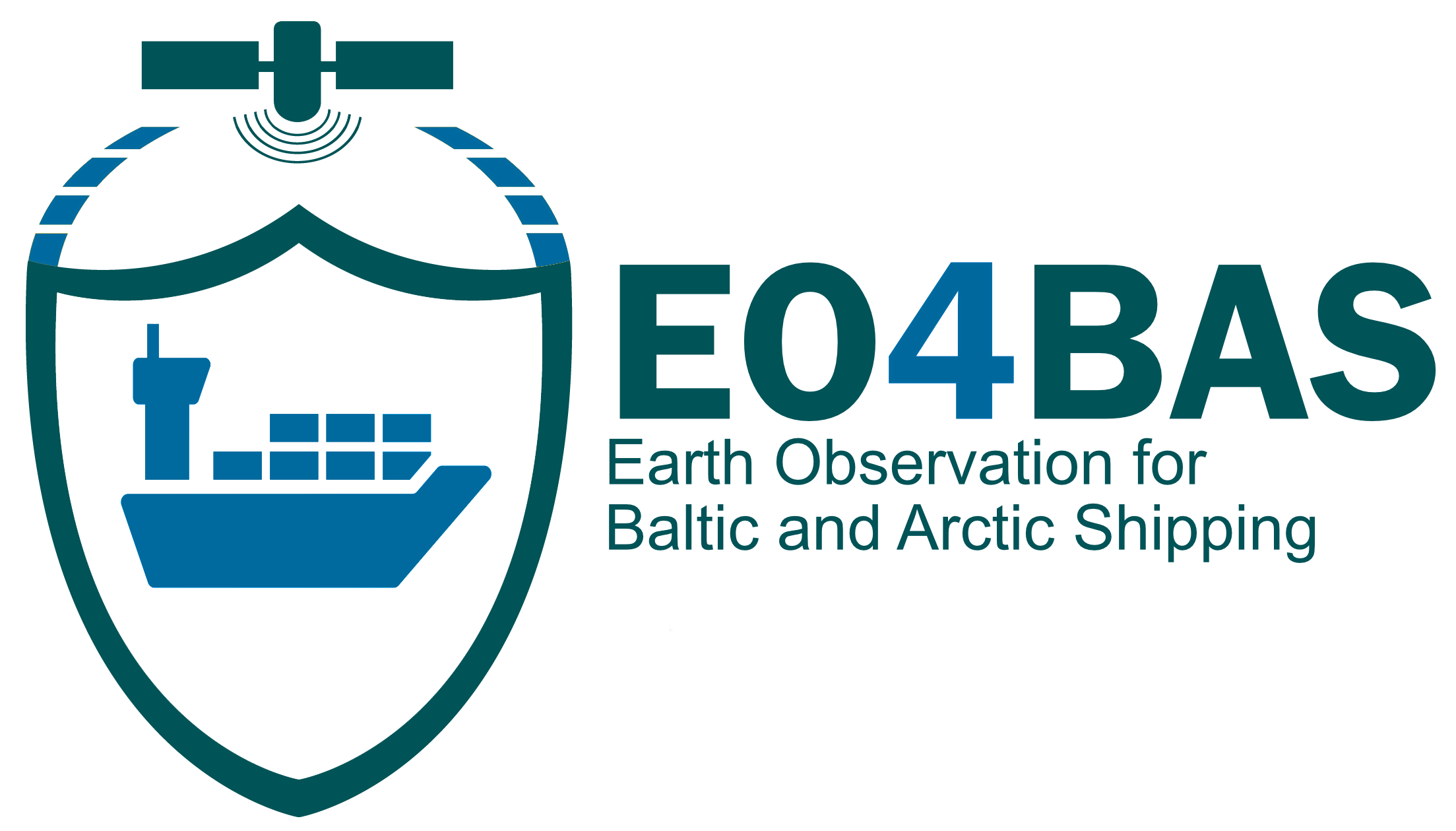EO Products / Detection of Ice Leads
The aggregate of lead detections from 1 January 2020 through 30 April 2020. The U-Net detects more leads, shows better agreement across satellites, and appears to perform well for cases beyond the training dataset.
Product Description
Sea ice consists of blocks of frozen seawater known as "floes", which are always in motion pushed along by winds and ocean currents. Sea ice floes range in size between 10 m and 5 km wide and are of the order of 0.5 to 5 m thick. Areas of open water between ice floes are called "leads". Snowfall remains on the floes all year round and over winter can get to 10-20 cm deep. Sea ice floes can freeze together and can be broken by collisions or ocean waves. Depending on the time of year and the location, ice floes may float independently from each other or be squashed together to form an almost continuous pack ice cover permeated by cracks and ridges of thicker ice (Australian Government, 2017). The detection of ice leads by satellite is an important capability for monitoring and navigating through ice-covered waters, particularly in polar regions. Various satellite sensors and technologies are used to detect and track ice leads.
Product Specifications
BUSINESS PROCESS | SO |
DESCRIPTION | Detection of leads, defined as openings or channels in sea ice |
EO INFORMATION OF INTEREST | Polygons defining openings or channels in sea ice. |
MAIN PROCESS STEPS | Leads are detected as areas of open water between ice floes using a variety of sensors: 1. dark linear features in SAR imagery often correspond to ice leads. SAR backscattering values of open water and sea ice are used for classification, and leads are detected as open water areas within the sea ice. Empirical schemes can be used to retrieve leads employing different assumptions and corrections to account for differing surface conditions. 2. Variation in thermal data highlights the presence of leads. 3. Variation in altimeter data showing leads, where the sea surface is lower due to the absence of ice. 4. Ice concentration maps providing information about the spatial distribution of sea ice. Ice leads, being areas with lower ice concentration, can be identified on these maps as regions with reduced ice cover. Leads detection, as for the sea ice fraction, requires calibration using observations of an open ocean location and one which is thought to be 100% ice covered for all the sensors. |
INPUT DATA SOURCE | Mostly used X-, C- and S-band SAR data; in case of strong wind, cross-polarized bands (as HV in Sentinel-1 SAR EW mode) support HH or VV bands (see limitations). IST (Ice Surface Temperature) from MODIS and other satellites providing thermal bands. |
SPATIAL RESOLUTION AND COVERAGE | Spatial resolution 1-6km (2 to 5 times lower than the original SAR, as the processing requires some sort of data aggregation); same coverage of the original SAR. |
ACCURACY / CONSTRAINS | The calibration of open water and sea ice backscatter thresholds is difficult in case of strong wind. |
LIMITATIONS | In case of weak wind, leads detection is easy using HH or VV bands. With strong wind, cross-polarized SAR bands, more noisy but less sensitive to rough sea, support the detection. The interpretation of data can indeed be challenging, especially when handled by personnel without extensive experience in the field. |
TEMPORAL RESOLUTION | Daily, Monthly, Yearly, twice yearly |
FREQUENCY UPDATE | Daily (Sentinel-1A) |
DELIVERY / OUTPUT FORMAT | NetCDF-3, NetCDF-4, geo-located raster and shape formats |
ACCESSIBILITY | Copernicus Maritime and Artic hub, other commercial data satellite providers. |


This page has no comments.